If you’re an indoor grower, you’re probably using a soilless potting mix in some way shape or form. This might be a loose mix or plugs bound with something like a polymer (FlexiPlugs are an example of a polymer-bound plug, while some peat plugs are simply contained in a thin baggie).
Soilless potting mix might look like soil, but it’s actually just a mix of organic matter like peat, wood chips, or coco coir, perlite and/or vermiculite, and often a slow-release fertilizer. There’s no inorganic matter like sand, silt, or clay involved, which means that the mix technically isn’t soil.
Each component of the soilless mix serves a purpose.
Coco coir & peat moss
Coco coir and peat moss are fine fibers, which provide the main structure of these types of mix. This gives the mix volume, provides biological surface area, and even determines porosity and water holding capacity.
Coco coir has become more popular these days because it is more immediately sustainable than peat moss, which is harvested in great volumes. Coco coir can be salty at times, which means that it can change the EC of a hydroponic system. Be sure that you’re getting coco coir from a name brand source to avoid this.
Read about why coco coir is being used more and more over peat.
Perlite
Perlite is essentially superheated and expanded obsidian. The small white media is porous, which keeps the mix oxygenated. Vermiculite (superheated and expanded mica) is similar, though it has a higher water holding capacity (rather than air), and increased cation exchange, which means that it holds more nutrients.
Slow-release fertilizer
Many soilless potting mixes also have grains of slow-release fertilizer, which is included to provide nutrients to growing seedlings. Some growers also use a diluted nutrient mix, which isn’t necessary, but seedlings will need nutrition in one form or another.
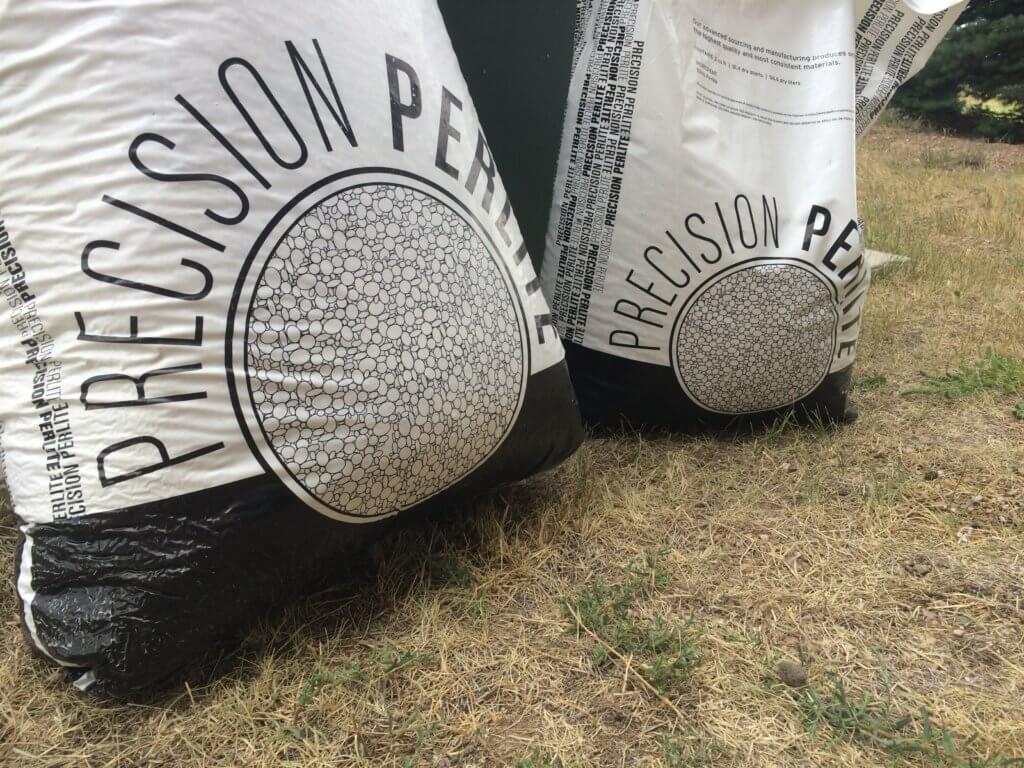
Benefits of using soilless potting mix
Many farmers—indoor farmers especially—use a soilless mix for seedlings and beds because it’s easy to source, make, and use. It’s compatible with almost every type of growing system because unlike many media, it’s fairly inert, which means it won’t affect pH or EC.
For farms in which seedlings are transplanted from a separate seedling system (like most ZipFarms), soilless potting mixes trump soil mixes. Soilless mixes don’t tend to break down and create debris—which can clog pumps and drip emitters—like soil does. Seedling roots bind the organic matter in the mix together, and very little of the plug washes away or shakes loose into the crucial system components.
Limits of soilless mixes
While soilless mixes don’t break down and create debris like soil mixes often do, the root binding does have its limits. In open irrigation systems like NFT (nutrient film technique), a polymer-bound plug is better suited for seed starting.
Soilless mixes are biodegradable in the long term, and although they don’t initially compact like soil, they will eventually compact as the components break down. This compaction causes problems in the root zone, by causing anaerobic areas and decomposition.
Sterilized media is an important part of most IPM strategies to avoid harmful pathogens and inoculum that could be carried into the system in the seedling media. Usually, getting sterilized media entails ordering from a reliable source. For growers mixing their own media, they may need to sterilize it themselves. This can be done with a steam sterilizer, which can usually be rented from a nearby landscape and agricultural equipment company.
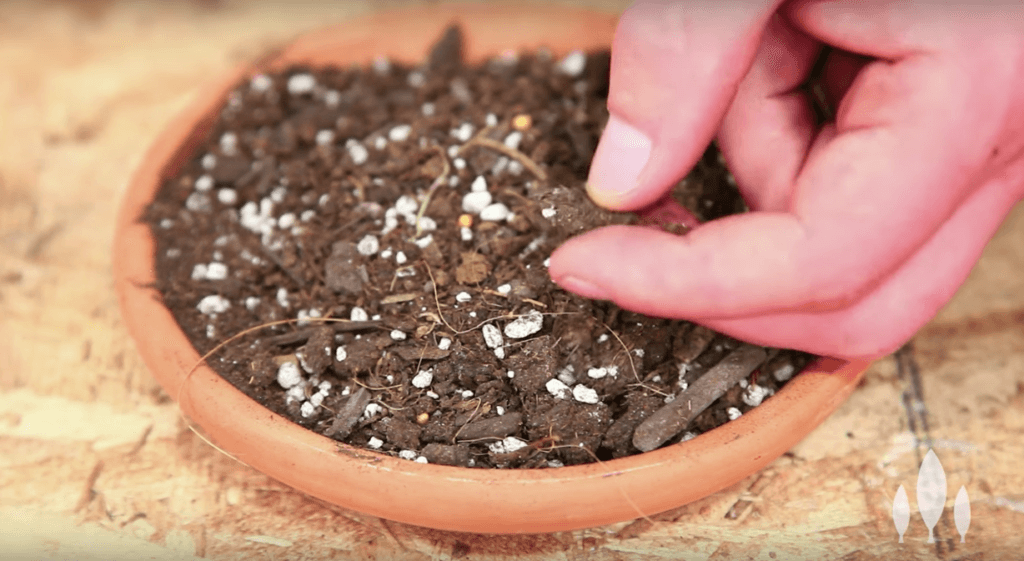
Where to get a soilless mix
Pre-mixed soilless potting mixes are common and available everywhere, from Ace Hardware to Walmart.
Growers can also mix their own using the components with their own ratios of coco coir, perlite, vermiculite, and fertilizer. This gives growers more control over the structure and characteristics of their mix.
Most growers who mix their own use a recipe similar to this:
- 1 Part (buckets are an easy way to measure) coir or peat
- 1 Part perlite or vermiculite
- 2 Parts compost
Individual components of the mix are available in many home improvement stores like the Home Depot or Lowe’s, or online with companies like HortAmericas.
Other add-ins include:
- Worm castings
- Mycorrhizae
- Slow-release fertilizers
Growers creating a mix for long-term growth in pots or beds often add other fertilizers and additives, but for a hydroponic grower only using the mix to raise seedlings, these additions will only get in the way.
I’ve used both trash cans and old cement mixers to create mixes before. Adding a quart or two of water before mixing can help with even mixing and wetting when you plant.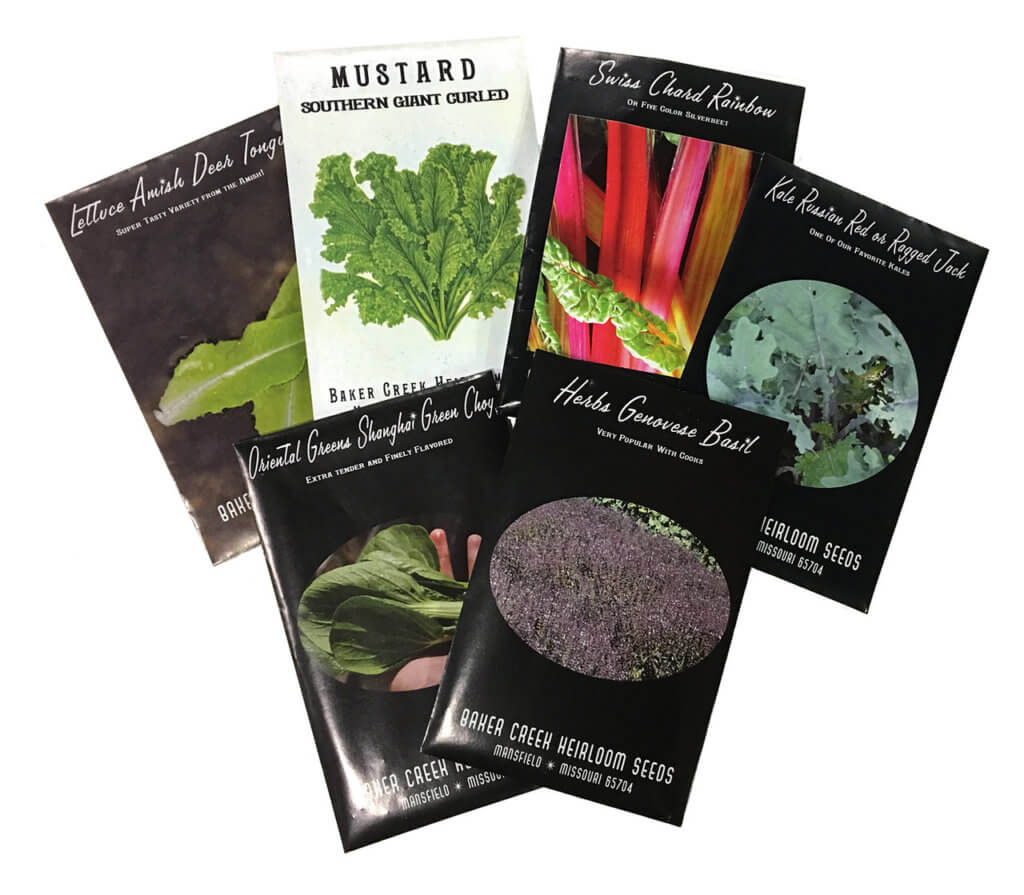
Ready to grow seedlings?
One of our favorite seed companies is Baker Creek Seeds. They sell a wide variety of high quality, high germination rate seeds and many interesting heirloom varieties.

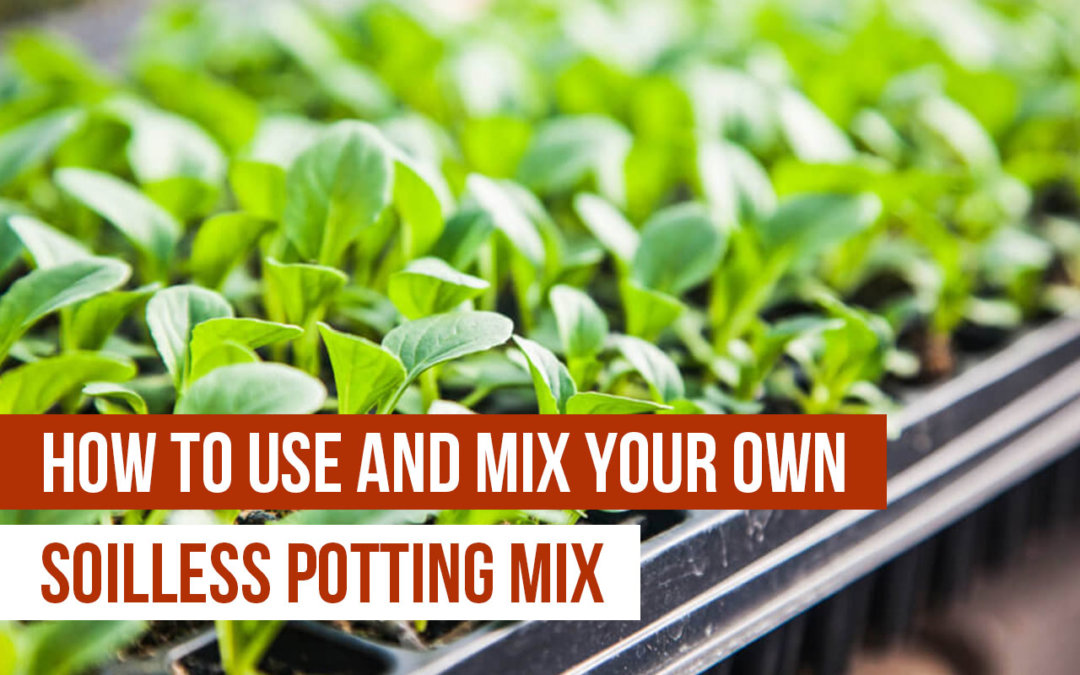
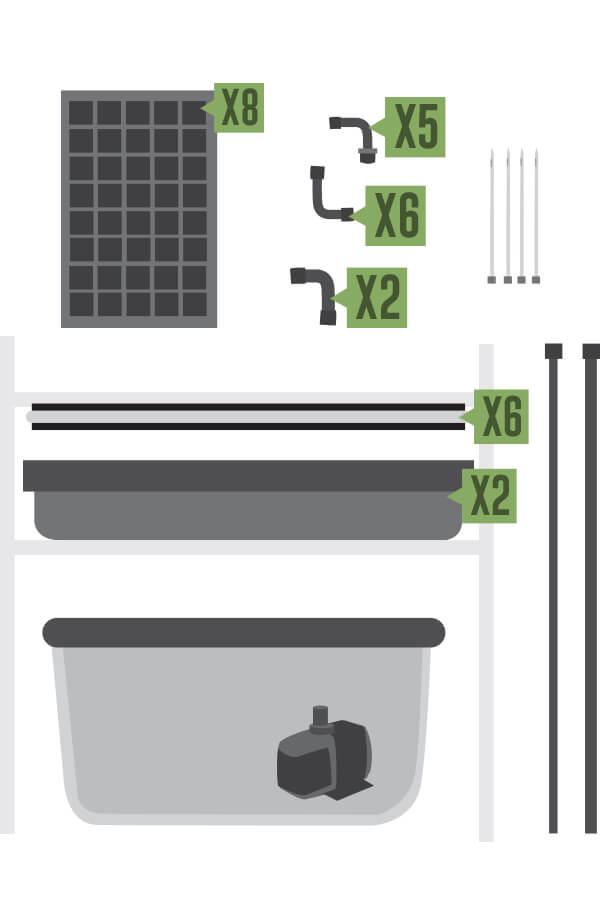

Today I purchased “Miracle grow HYDRATE with peat moss & coconut husk – Just Natural potting mid with work castings
Well here’s where I need some help. Unfortunately the miracle grow says “for in-ground use”
Can I still mix with the organic soil with worm casting and it will still work as effective and efficient?
Also, I purchased pea pods, and lava rocks. Do the pea pods, also like the lava rock are used completely on their own, correct? There’s nothing to mix the pea pods in right? The reason I ask, is because I feel I’m missing a main and/or very important ingredient to me own mix. Can you please help me identify it? For example just plain manure? Sand? Another ingredient?
Below there’s a link to an article saying the pros and cons to perlite, and Hydroton pebbles? Is an alternative pebble the pea pebbles I bought?
The lava rock is about the only thing I’m 100% with.
Any advice helps, thanks.
Hi Blake, peat moss and coco husk should work fine. Not sure what you with the pea pods – is this for seedlings or your main system?
I think the OP meant “peat pots,” not “pea pods.” I would assume he is referring to the seed-starting disks that expand into little pots when they’re hydrated.
We are planning to start soilless potting soil mix
Hi There — great article. Looking for some help. I’m setting up a Garden Tower 2 (container garden) and looking to make my own soilless potting mix, but want to keep things entirely vegan (no animal-derived compost). The garden tower I have has a central vermacomposting column, but that will take time for me to build up.
So, my question: how can I build a vegan soilless potting mix that will support my seedlings until the vermacomposting process is in full swing?
Thanks for any input!
You could try leaf compost.
What compost do you suggest?